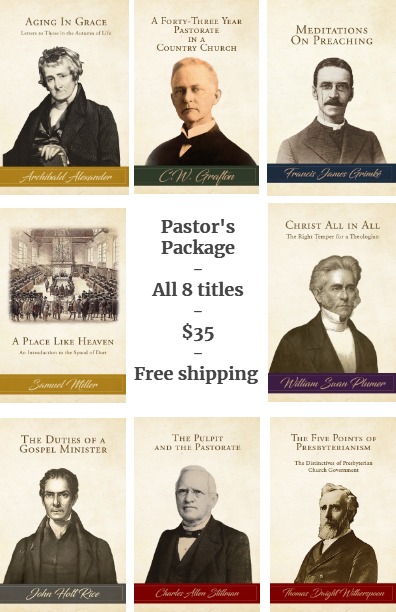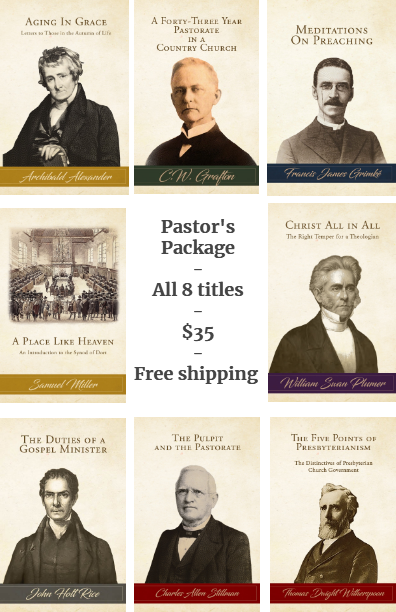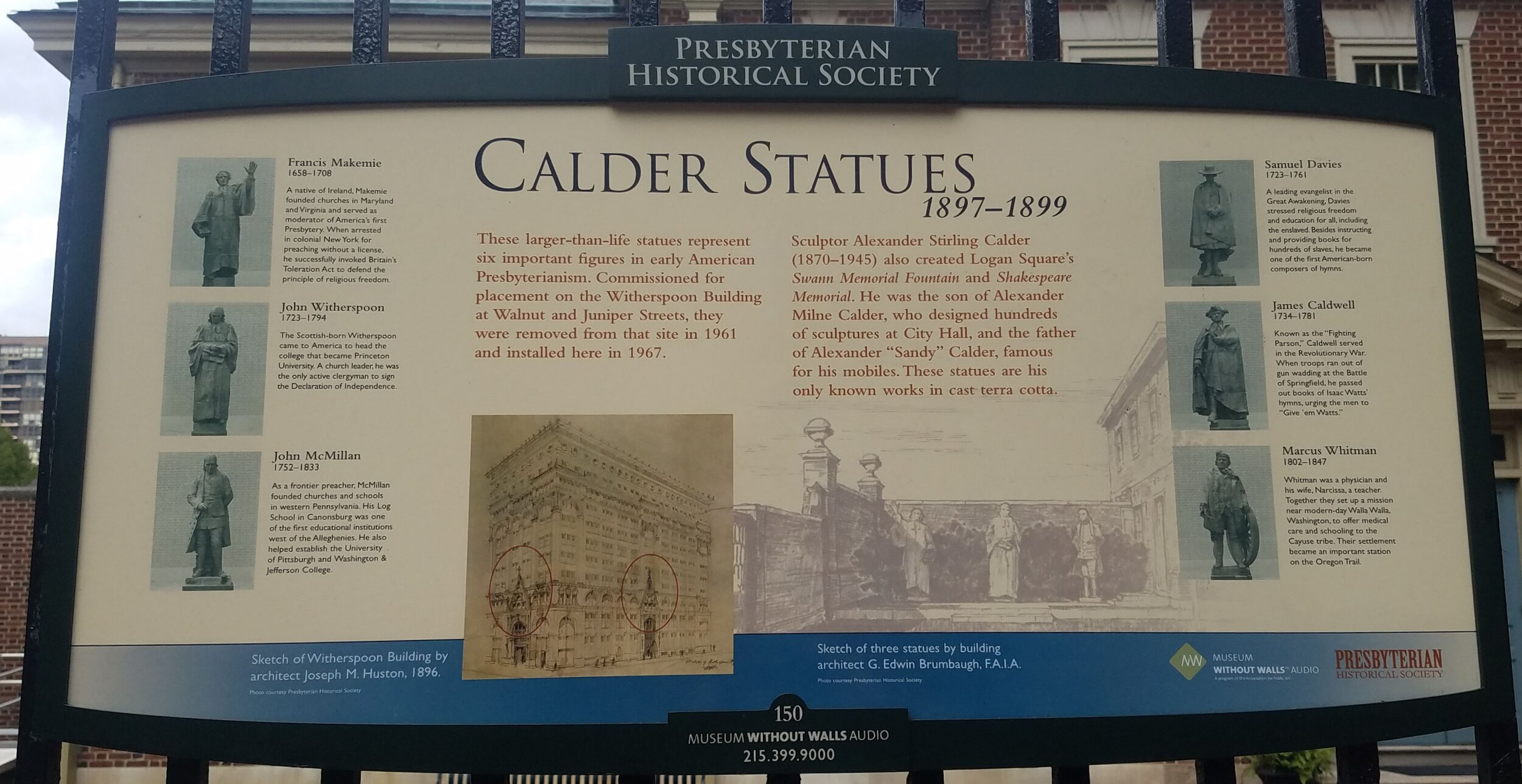(If the author links in this post are broken, please visit our Free PDF Library and click on the author’s page directly.)
The right question makes all the difference in the world - and not just in Jeopardy. The best interviewers, whether on TV or on podcasts, ask the best questions - the most insightful, the most difficult, the ones that make their subject squirm, or laugh, or angry, or transparent. Knowing the right questions to ask of a person, or a text, usually means the difference between understanding and ignorance.
In 1884, the Encyclopedia of the Presbyterian Church in the United States of America was published by Alfred Nevin. The following questions were included in it, as a guide for reading the New Testament in particular, but can be applied to the whole Bible. Helpfully, they are listed in alphabetical form. Keep these handy wherever you read and study God’s word.
In the study of the New Testament, and of the gospels especially, we need to inquire and compare. The inspired writings are infinitely rich in truth, and each verse is so connected with the rest that an intelligent inquirer may easily extend its investigations from one passage over the whole of Scripture. Without attempting to exhaust topics of inquiry, we mention the following :
A. What analogies between sensible and spiritual things may be here traced ?
A1. What prophecy is here accomplished? where found? when written? what rule of interpretation is illustrated?
B. What blessing is here sought or acknowledged, or promised, and why?
C. What custom is here referred to ?
C1. What trait of character is here given? good or bad? belonging to our natural or our renewed state? what advantages are connected with it?
D. What doctrine is here taught? how illustrated? what its practical influence ?
D1. What duty is here enforced, and how? from what motives ?
D2. What difficulty is here found in history or doctrine? how explained?
E. What evangelical or other experience is here recorded?
E1. What example is here placed before us? of sin or of holiness? lessons?
F. What facts are here related? what doctrine or duty do they illustrate? do you commend or blame them, and why ?
G. What is the geographical position of this country, or place? and what its history ?
H. What facts of natural history or of general history are here referred to or illustrated?
I. What institution or ordinance is here mentioned? On whom bindling? what its design? what its connection with other institutions?
I1. What instructions may be gathered from this fact, or parable, or miracle?
K. What knowledge of human nature, or want of knowledge, is here displayed?
L. What lofty expressions of devotional fervor?
L1. What Levitical institute is here mentioned? why appointed?
M. What miracle is here recorded? by whom wrought? in whose name? what were its results? what taught?
N. What is worthy of notice in this name?
P. What prohibition is here given? is it word, or thought, or deed it condemns?
P1. What is the meaning of the parable here given? what truth as to God, Christ, man, "the kingdom," is taught?
P2. What promise is here given? to whom?
R. What prophecy is here recorded? is it fulfilled? how? when?
S. What sin is here exposed?
S1. What sect is here introduced? mention its tenets.
T. What type is here traced?
T. What threatening? when inflicted?
U. What unjustifiable action of a good man? what unusual excellence in one not pious?
W. What woe is here denounced? what warning given? against whom, and why?
X. What is here taught of the work, character, person of Christ?
X1. What sublimity of thought or of language is here? what inference follows ?














